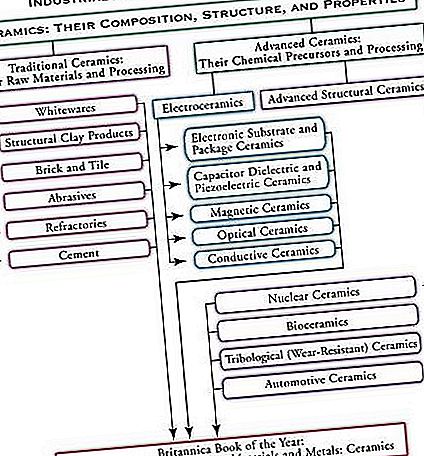Link’s modified labeling theory
In 1989, Link’s modified labeling theory expanded the original framework of labeling theory to include a five-stage process of labeling as it pertained to mental illness. The stages of his model are (1) the extent to which people believe that mental patients will be devalued and discriminated against by other members of the community, (2) the time period by which people are officially labeled by treatment agencies, (3) when the patient responds to labeling through secrecy, withdrawal, or education, (4) the negative consequences to this individual’s life that were brought about as a result of labeling, and (5) the final stage of vulnerability to future deviance as a result of the effects of labeling.
Braithwaite’s reintegrative shaming theory
The theory of reintegrative shaming, introduced by John Braithwaite in 1989, examines the difference between stigmatization of the individual and reintegrative shaming, or encouragement to stop the behavior without labeling and stigmatizing the individual in society. This theory essentially posits that reintegrative shaming will reduce crime, unlike stigmatization, which, according to labeling theory, essentially increases it by encouraging future deviance. The framework behind this theory is that individuals, after committing an act deemed as criminal or delinquent, will be shamed by society for that act and then reaccepted back into society without a permanent label of “not normal,” “deviant,” or “criminal.” Furthermore, a second concept of this theory is the notion of restorative justice, or making amends for wrong actions with those who were affected by the behavior. The argument driving this theory is the notion that reintegrative shaming demonstrates that a behavior is wrong without hurting the individual accused of that behavior. Rather, society encourages the individual to make up for what he or she has done, show remorse for the choice of behavior, and learn from the mistake. Under this theory, society teaches its members and then readily accepts them back into the group without permanent labels or stigmas attached. Essentially, society forgives.
Matsueda and Heimer’s differential social control theory
Matsueda and Heimer’s theory, introduced in 1992, returns to a symbolic interactionist perspective, arguing that a symbolic interactionist theory of delinquency provides a theory of self- and social control that explains all components, including labeling, secondary deviance, and primary deviance. This theory relies on the concept of role taking, a concept that illustrates how individuals reflect on their behavior, how they are able to put themselves in the shoes of others in order to view the situation or behavior from the other’s standpoint, and how they evaluate alternative actions that would be more acceptable and not seem as inappropriate in the eyes of others. Heimer and Matsueda expanded this notion to include the term differential social control, which emphasizes that social control through role taking can take a conventional direction or a criminal direction because the acceptable courses of actions by peers may not necessarily be conventional or nondeviant courses of action.










![The Bad and the Beautiful ταινία του Minnelli [1952] The Bad and the Beautiful ταινία του Minnelli [1952]](https://images.thetopknowledge.com/img/entertainment-pop-culture/5/bad-beautiful-film-minnelli-1952.jpg)



